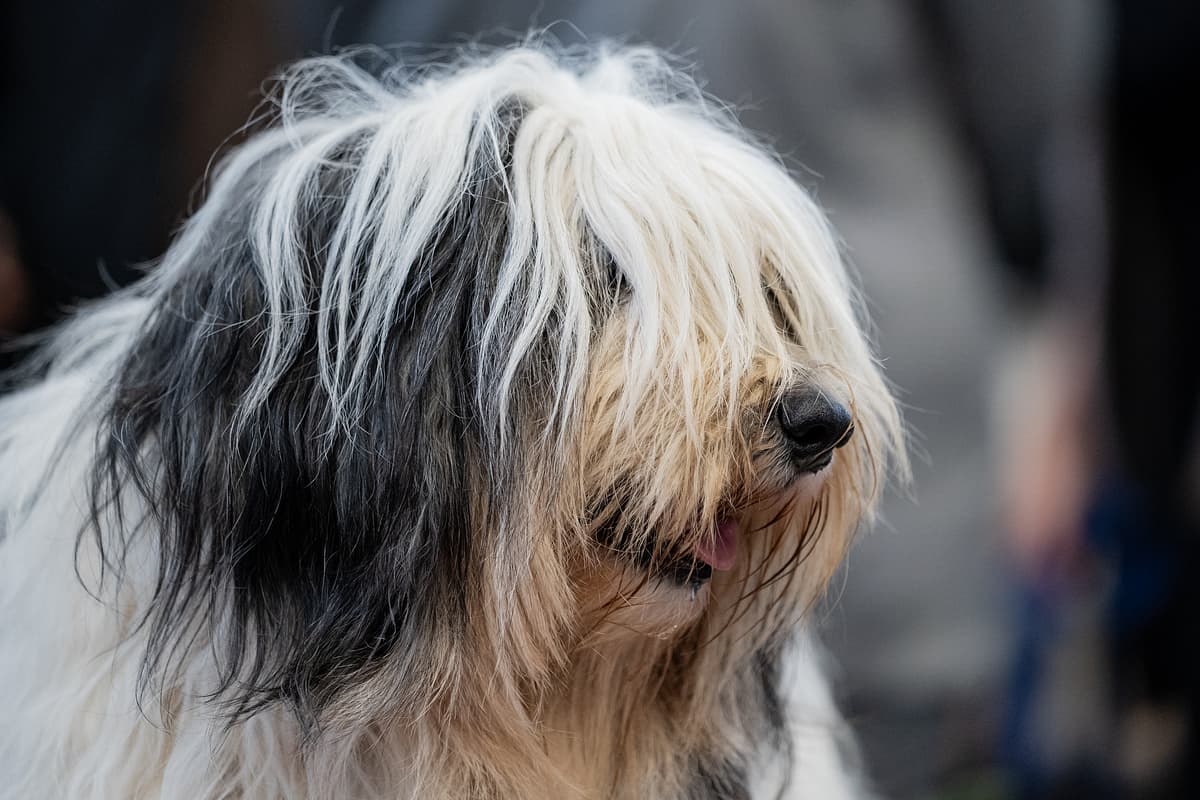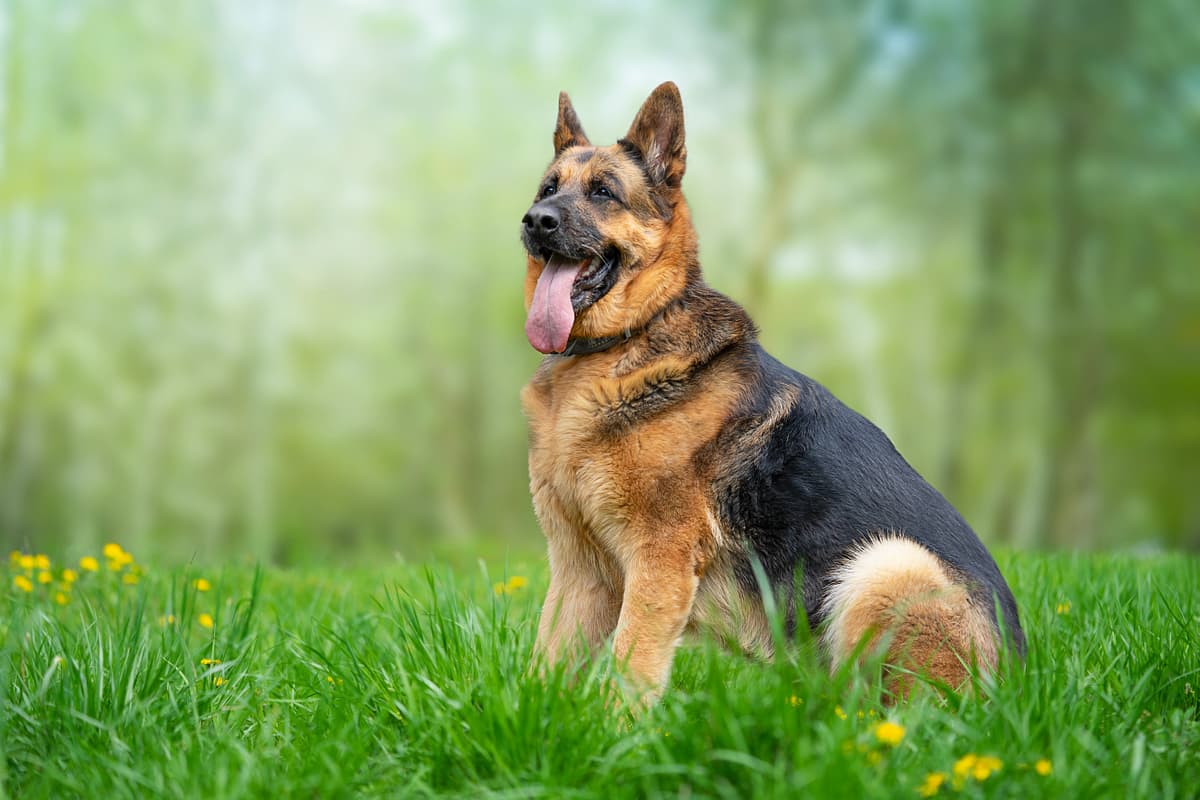Polish Lowland Sheepdog vs German Shepherd
Discover the differences between Polish Lowland Sheepdog and German Shepherd to make the best choice for your situation.
Try different breeds

Polish Lowland Sheepdog
A lively, intelligent, and affectionate breed with a shaggy coat and strong herding instincts. Thrives as a loyal companion and excels in active family life.

German Shepherd
Confident, loyal, and highly intelligent, this breed thrives as both a devoted family companion and a reliable working partner. Always alert and eager to learn, it adapts to many roles with ease.
Quick comparison
Medium
18–23 kg
Dense undercoat, shaggy outer coat
12–15 years
14–20 kg
Moderately active
Large
30–40 kg
Double coat, dense undercoat
9–13 years
22–32 kg
High energy
Personality & behavior
Compare the personality traits and behavioral characteristics of both breeds.
Polish Lowland Sheepdog
Warm with family, reserved with strangers
Quick learner, highly trainable and responsive
Needs regular activity, enjoys staying busy
Likes to play, enjoys interactive games
Adjusts well to change with proper guidance
German Shepherd
Warm with family, reserved with strangers
Quick learner, highly trainable and alert
Needs regular activity and vigorous exercise
Enjoys games, interactive and engaging
Adjusts well to new situations and environments
Care needs
Exercise, grooming, and daily care requirements
Polish Lowland Sheepdog
Hip dysplasia, progressive retinal atrophy
German Shepherd
Hip dysplasia, elbow dysplasia
Suitability
How well each breed fits different living situations and families
Polish Lowland Sheepdog
Moderate challenge
Needs consistent training and experienced handling to prevent stubbornness
Not ideal
Needs space and frequent exercise, may become restless in small apartments
Highly suitable
Thrives with active owners who can meet its exercise and mental stimulation needs
Good fit
Patient and generally gentle, but supervision with young children is still necessary
Usually compatible
Can get along with other pets if socialized early and properly
Prone to anxiety
Does not cope well with long periods of isolation, may develop behavioral issues
German Shepherd
Challenging for beginners
Needs experienced, consistent training and socialization
Not ideal
Needs space and frequent exercise to prevent boredom
Perfect fit
Thrives with active owners who can provide daily physical and mental challenges
Highly suitable
Loyal and protective, can be gentle and patient with proper socialization
Usually compatible
Can get along with other pets if raised together and well socialized
Prone to anxiety
Dislikes being left alone for long periods and may develop behavioral issues
Breed strengths
What each breed excels at and their best qualities
Polish Lowland Sheepdog
- Highly intelligent and quick to learn
- Strong herding instinct and work ethic
- Loyal and forms close family bonds
- Alert and makes an effective watchdog
- Adaptable to various living environments
German Shepherd
- Highly intelligent and quick to learn tasks
- Strong loyalty to family members
- Excellent working and service dog abilities
- Protective instincts make them good guardians
- Adaptable to various training activities
Challenges & considerations
Potential challenges and considerations for each breed
Polish Lowland Sheepdog
- Needs daily mental and physical stimulation
- Can be wary of strangers if unsocialized
- Tends to herd children and other pets
- High-maintenance coat requires regular grooming
- May be stubborn during training sessions
German Shepherd
- Prone to hip and elbow dysplasia
- High exercise needs require daily activity
- Can develop separation anxiety if left alone
- May be wary of strangers without socialization
- Heavy seasonal shedding requires frequent grooming
Ready to choose your perfect breed?
Learn more about each breed or compare other breeds to find the perfect match for your lifestyle.
Discover more helpful tools
Make use of our other free tools to get the most out of your pet experience
